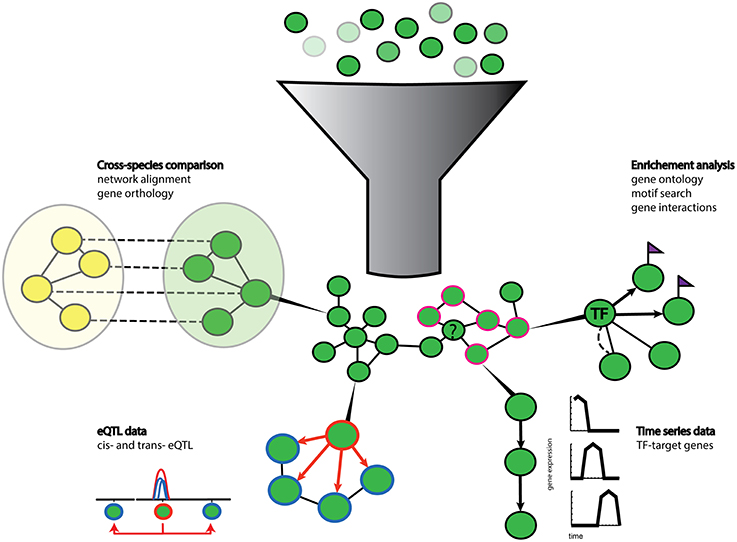In the vast orchestration of biology, human genes rarely act alone. Instead, they communicate in patterns networks of co-expression where certain genes are activated or silenced together, like instruments playing in harmony. These relationships often reveal more than isolated gene function; they uncover the biological logic of systems such as immunity, neurodevelopment, and cancer progression.
Understanding the Language of Co-Expression
Gene co-expression refers to the consistent expression of two or more genes under similar biological conditions. By studying these patterns, researchers can identify functional modules, regulatory pathways, or potential biomarkers of disease. Whether you're analyzing histone modifications via a histone acetylation assay or transcript profiles cleaned with NucleoSpin Gel and PCR Clean-up, understanding co-expression networks helps decode cellular identity and disease mechanisms.
Advanced transcriptomics methods now use random hexamer primers and random hexamers during cDNA synthesis to ensure comprehensive coverage of mRNA populations. The subtle shifts in 260/7 absorbance ratios, for example, can reflect RNA integrity an important metric before feeding samples into high-throughput sequencing workflows.

From Primers to Pathways: Tools Behind the Discovery
Scientists today use everything from NucleoSpin kits to hexamers to explore transcriptomic depth. Platforms like Liebherr Mediline store temperature-sensitive reagents at precise conditions essential when working with RNA or sensitive enzymes like guanidine-based lysis buffers. The goal? Preserve biological signals so that even low-abundance transcripts can be detected.
Downstream, the use of isotype controls in flow cytometry or Alumi-Seal sealing films during plate-based assays ensures experimental reliability when measuring co-expression responses, such as those induced by inflammation or drug treatment. Studies often measure responses to compounds like nimesulide 100mg, n-butyryl glucosamine, or 5-methoxytryptamine (available for sale in some markets), which can affect transcriptional networks and shift gene co-expression signatures.
What Co-Expression Reveals: Neuro, Cancer, and More
Take valbenazine, for instance. Although known for treating tardive dyskinesia, it modulates dopaminergic and serotonergic pathways, affecting gene expression patterns in the brain. Co-expression studies have linked it to genes involved in synaptic plasticity and neurotransmitter metabolism, offering insights into psychiatric comorbidities.
Similarly, n-acetyl glucosamine and n-acetyl-d-glucosamine, molecules involved in glycosylation, have been shown to regulate inflammatory pathways via changes in gene expression especially in diseases like arthritis and cancer. Their analogs, such as n-benzyl-4-piperidone, are under investigation for epigenetic modulation and possible anti-cancer effects.
Even obscure molecules like sarcosine (popular in some countries sarcosine kopen) or structural identifiers like GGEN-016, 621/9, and 76x15 often show up in datasets where their presence correlates with specific gene signatures. Tools like X-gal staining in bacterial systems, or co-expression matrices for human cells, are essential for identifying such hidden players in complex traits.
The Future of Co-Expression: Integrating Omics
In a post-genomic era, integrating co-expression with proteomics, epigenomics, and metabolomics is unlocking multi-layered gene regulation. Whether using triantennary glycan mapping or n-ethyl-1-propanamine derivatives in screens, scientists are uncovering new dimensions of how genes interact under stress, during disease, or across development.
Ultimately, co-expression is not just about which genes turn on together. It's about discovering the functional language that cells use to maintain balance, adapt, or fail. Understanding this language is key to advancing diagnostics, from neurological conditions to cancers.
